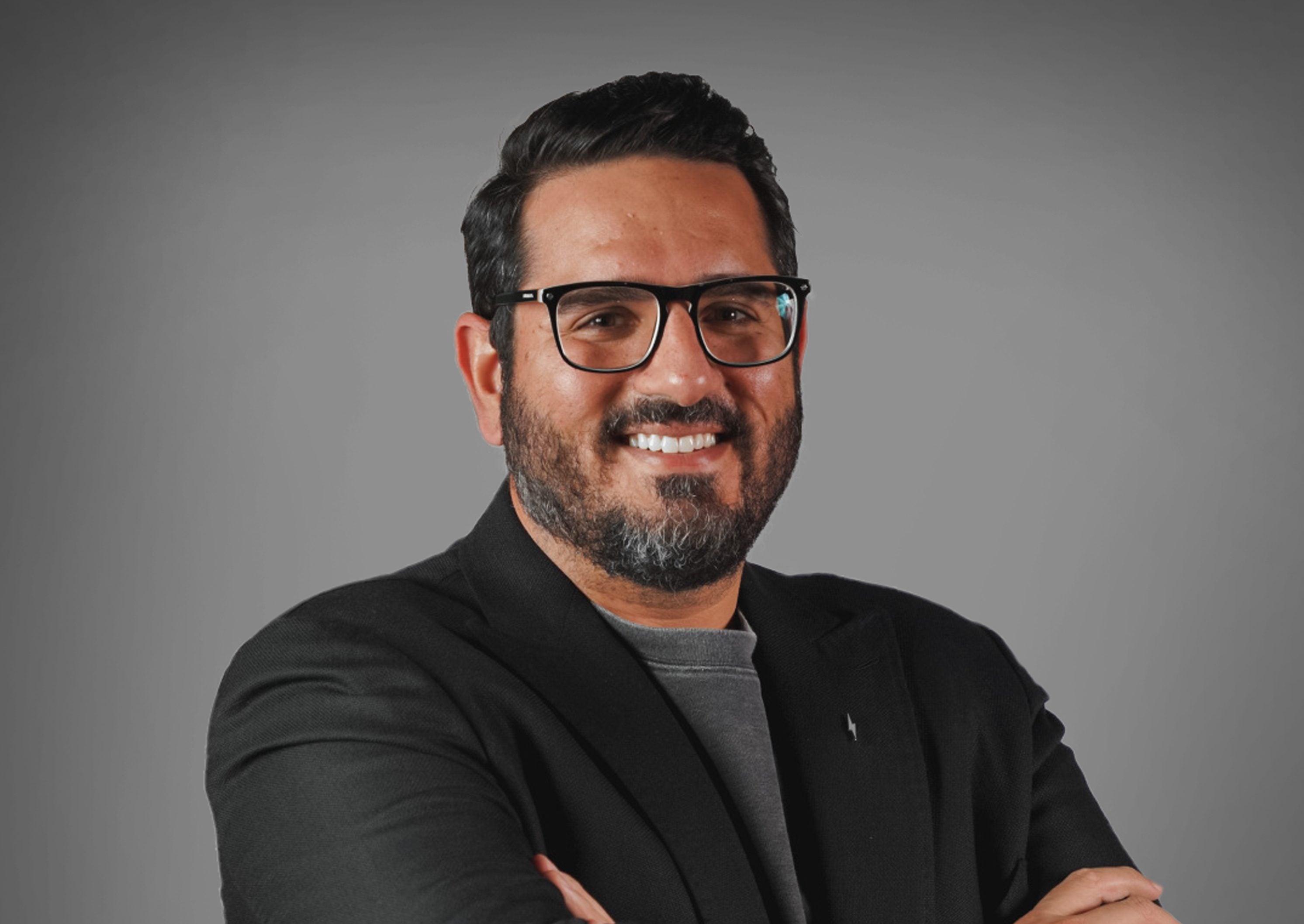
As we move into Web 3.0 and all the exciting developments it portends for MarCom, it becomes increasingly clear that what the world needs is value creation in all areas – for our teams, clients and consumers. Creating value is the purpose of innovation, and that drives growth. Whenever we are asked for the secret sauce recipe behind exponential growth, our answer is ‘innovation’.
The first pillar: diversity
While most businesses focus on applying innovation to build financial capital, innovation in managing human capital is what truly sets leaders apart. Our team is that precious and rare resource which defines our business. We deal in ideas, imagination and storytelling, and the people who make them possible should inform the core of our business strategy.
Yet too many agencies, both locally and globally, practise antiquated hiring processes and policies inherently structured to hire the same kind of people over and over again. The end result? An echo chamber of sameness – ideas, viewpoints and biases – being perpetuated, repeatedly and stale creative work oblivious of the zeitgeist.
Diversity is a key aspect and the fuel of innovation. It cannot be left to happenstance; we need to actively plan for it with a strategy for nurturing and growing talent.
Diversity brings in fresh perspectives and passions, sparking more inclusive growth for organisations and society at large. It creates a virtuous circle – with well-researched links between diversity and the most innovative companies and business performance.
More than just a box to be checked, future-focused agencies must ensure a genuine focus on diversity, inclusion and building capacity to deliver growth. And a diversity of races, ethnicities, experiences, and ideas ultimately contributes to building great organisations.
The second pillar: technology
We live in exciting times – when virtual and physical realms overlap, unleashing a fascinating gamut of possibilities for marketers. Our region is racing to be a metaverse economy and a global hub for the metaverse community, supported by visionary agendas such as the Dubai Metaverse Strategy, which aims to create more than 40,000 virtual jobs by 2030.
Technology enables this kind of innovation and sparks exciting possibilities for brands and clients. It enables us to work with agility, collaborating across time zones and geographies. Our tech-enabled talent pool today looks more diverse than ever: people with backgrounds in architecture, sociology, and computer engineering, and remote teams that span the globe, from Malaysia to Egypt to Canada.
It’s almost impossible to discuss technology and MarComm without AI dominating the conversation. Do we need to invest in human capital at all if AI is going to take away creative jobs? I see AI as a tool that helps us generate more value for our clients and our people. The success of any system is driven by the creativity that is inputted into it.
We utilise AI in a variety of ways: from deck building to minuting and summarising meetings, creating mental models for strategy, and a host of other uses across our internal processes and external product – often combining several platforms to build automation into process so people have time to pursue creative ideas and generate more value for our clients. As of now, AI cannot provide the humanistic perspectives, the emotional responses or the connections that people crave and nurture. It can, however, help us do more work with greater efficiency. Our team is no longer restricted to silos – we see creative, customer experience and strategy teams blending technology into product and delivery.
The third pillar: culture
Culture eats strategy for breakfast. Our future strategies are only as good as the people who execute them. Agency culture used to be notorious for burnouts and breakdowns. That needs to change. Culture is one of the most important aspects that motivates people to stay or leave. Agencies need to hold space and trust in innovation and self-governance, structuring teams with the right mix of analytical and creative thinkers and encouraging movement between functional streams through coaching and development.
Building a pipeline of talent is mission critical for surviving and thriving. And culture is one of the biggest factors that attracts talent. There isn’t a one size fits all approach to shaping organisational culture. It is more than the foosball table, selection of coffees and yoga sessions. Sometimes it can be the surprising little things – like WhatNext, BPG’s talent incubator program for young graduates. Since 2006, it has produced some of the best and brightest MarCom professionals, taking a purposeful approach to talent development.
A nurturing culture, that prioritises innovation, diversity, and upskilling is what sets apart the leaders from the also-rans. And no place exemplifies this more than our home city, Dubai. The global poster child for innovation, Dubai turned its sparse oil supplies into a trigger for economic diversification. Not being a network agency with access to big-budget guaranteed billings from global pitches, forced BPG to innovate to be successful. Flexibility, agility and a unique culture is powering us into the future.
By Darius LaBelle, President, BPG UAE









